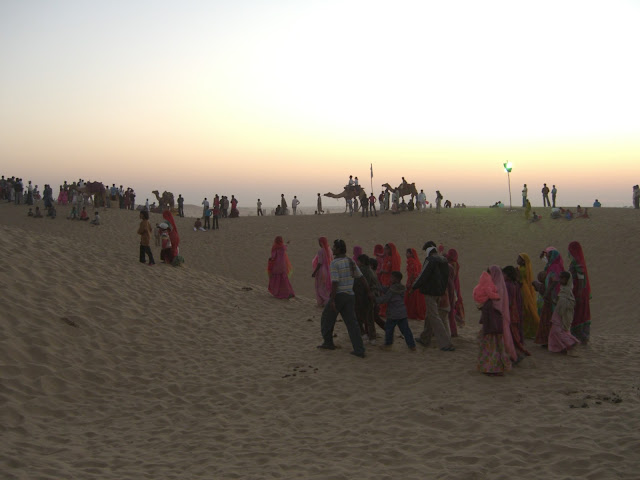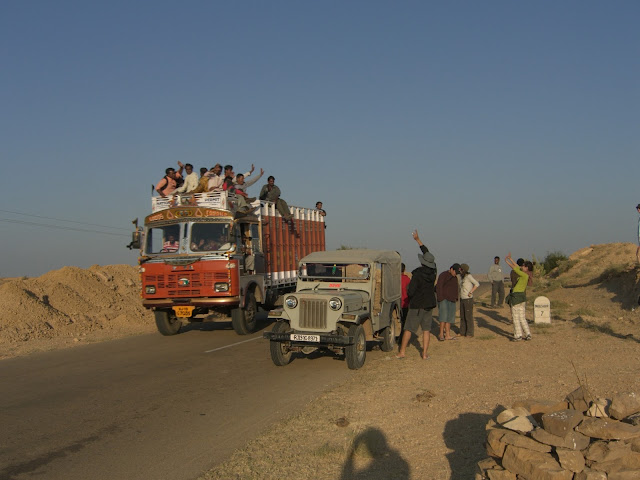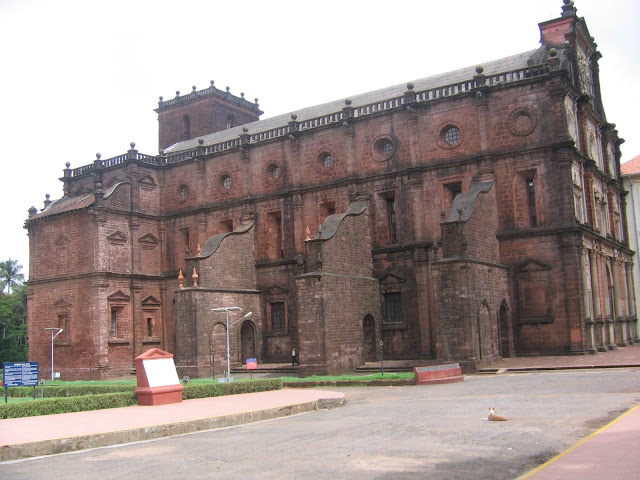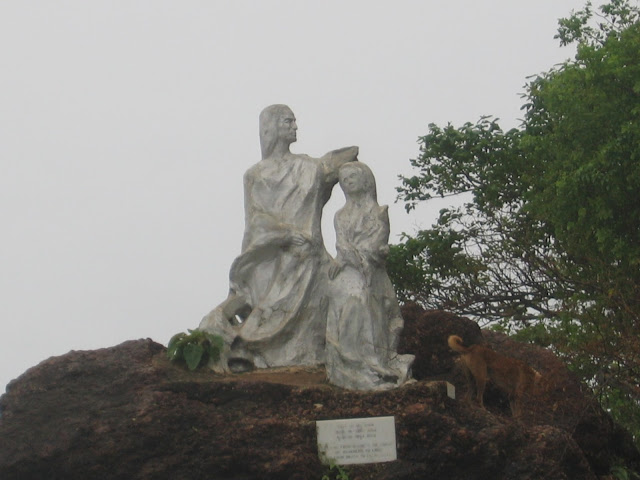Each year the dusty town of Pushkar comes alive
in the Hindu month of Kartik, and how! Tourists and locals flock to this small
town for a variety of reasons. While some are here to wash away their sins with
a dip in the Holy Pushkar Lake, others are here to participate in the camel and
livestock fair, and then there are those who are simply here to be a part of
the celebrations and witness the various quirky competitions.
Perched on the edge of the desert, the small town
of Pushkar is situated 11 kms from the city of Ajmer in Rajasthan and stands
separated by the “Snake Mountain” or “Naag Pahaar” as locals call it. It stands
well-connected by rail, air and road. During the five days of the fair, the
town welcomes over 50,000 camels, and more than 2,00,000 tourists. The camels
are brought in to be traded off or compete on the basis of their best features,
beauty, speed and even tricks.

The five days between Kartik Ekadashi and Kartik
Poornima is when the Pushkar Fair is held, which usually fall during the months
of October – December, and are considered to be quite auspicious. Legend has it
that on the day of the Kartik Poornima, a full moon night, the Hindu God Brahma
created the Holy Pushkar Lake by dropping a lotus flower after the completion
of a ‘Yagya’ or prayer ceremony. This also happens to be the reason why the
town features the only Brahma Temple in the world and that the word Pushkar
translates to lotus.
The Brahma Temple is characterized by a red
spire and a Hans (goose) overlooking the entrance; the goose being the official
carrier of the Hindu God. The temple is dedicated to the worship of Lord
Brahma, considered to be the Creator of the Universe in the Hindu Trinity of
Gods. The temple of his wife, Goddess Savitri is perched on a hill top, which
happens to be an hour’s trek away. The Temple of Savitri offers a breath-taking
view of the Pushkar Lake as well as the surrounding dunes. The Varah Temple,
also in Pushkar, is dedicated to the worship of Lord Vishnu, considered to be
the preserver in the Holy Trinity of Hindu Gods.
Attractions at the Pushkar Fair include a good
mix of competitions that range from sporty to entertaining and even downright
amusing. Flocking the fairgrounds, along with an assortment of tourists, are
decorated camels and livestock.
The main competitions include a tug of war, camel
race, cricket or kabbaddi between
locals and random foreign tourists, puppet show, best Indian bride, longest moustache and
turban tying.
The Pushkar Fair is
definitely an event of a lifetime, and should be part of your holiday in India
if you choose to travel during the last quarter of the year!
=============================================================
Call @ +91 8287455143 for Pushkar fair tour.
 After Rajasthan’s forts being Listed in the Unesco World Heritage sites, Jaipur is now all set to witness the Unique Light Sculpture show. Starting in City Palace Museum the show will be based on the unique techniques of Laser Lights & will focus on the history of the Royal Family of Jaipur.
After Rajasthan’s forts being Listed in the Unesco World Heritage sites, Jaipur is now all set to witness the Unique Light Sculpture show. Starting in City Palace Museum the show will be based on the unique techniques of Laser Lights & will focus on the history of the Royal Family of Jaipur. 

















